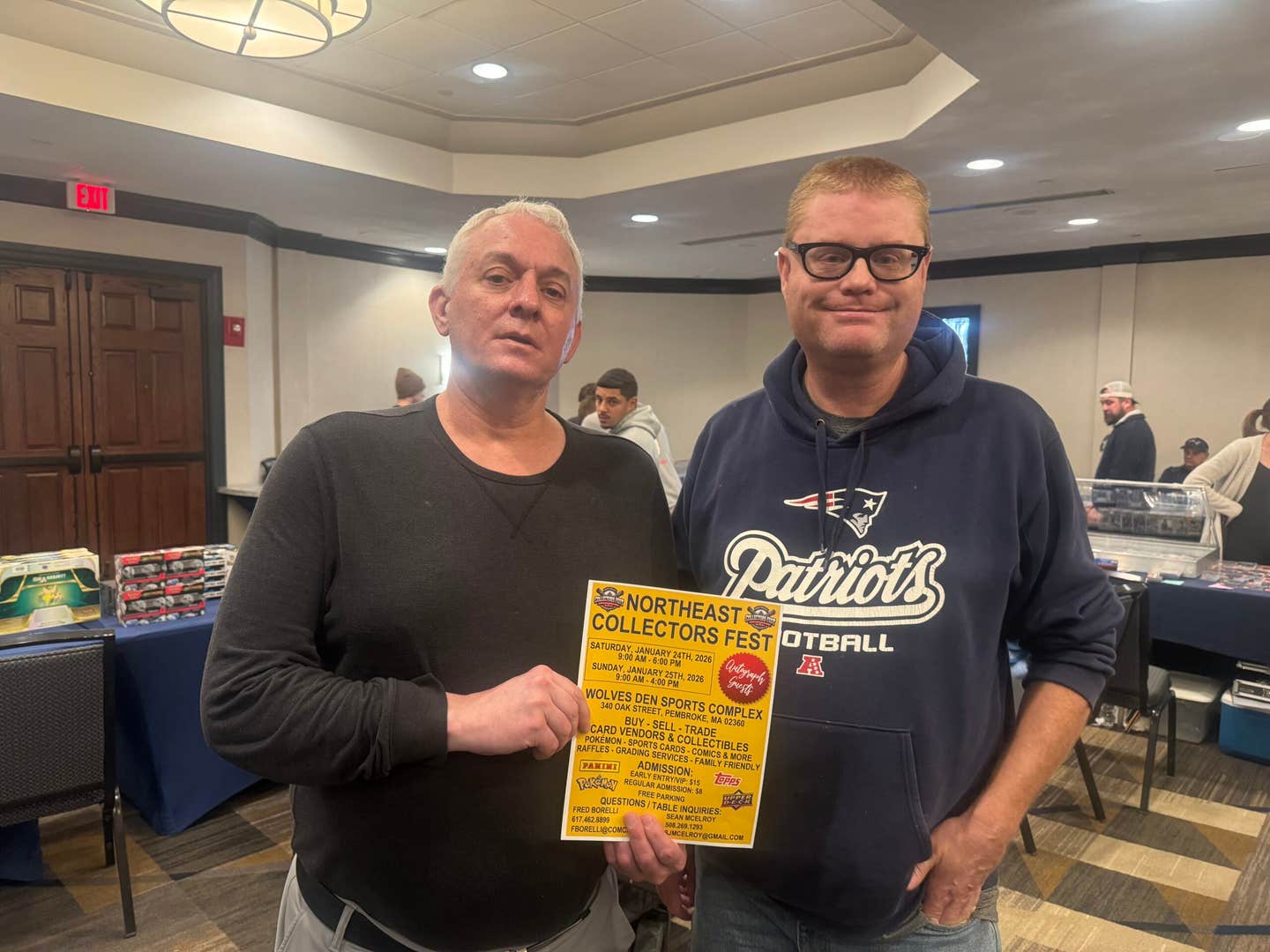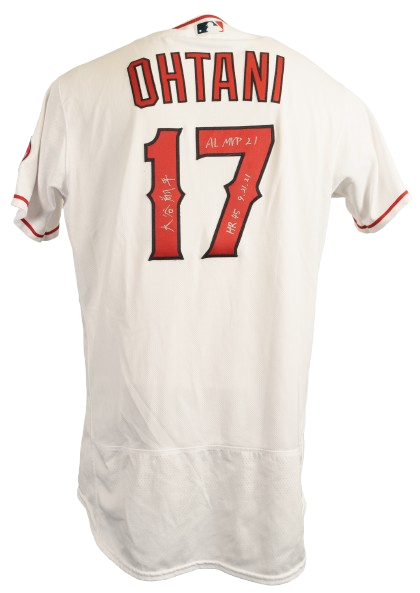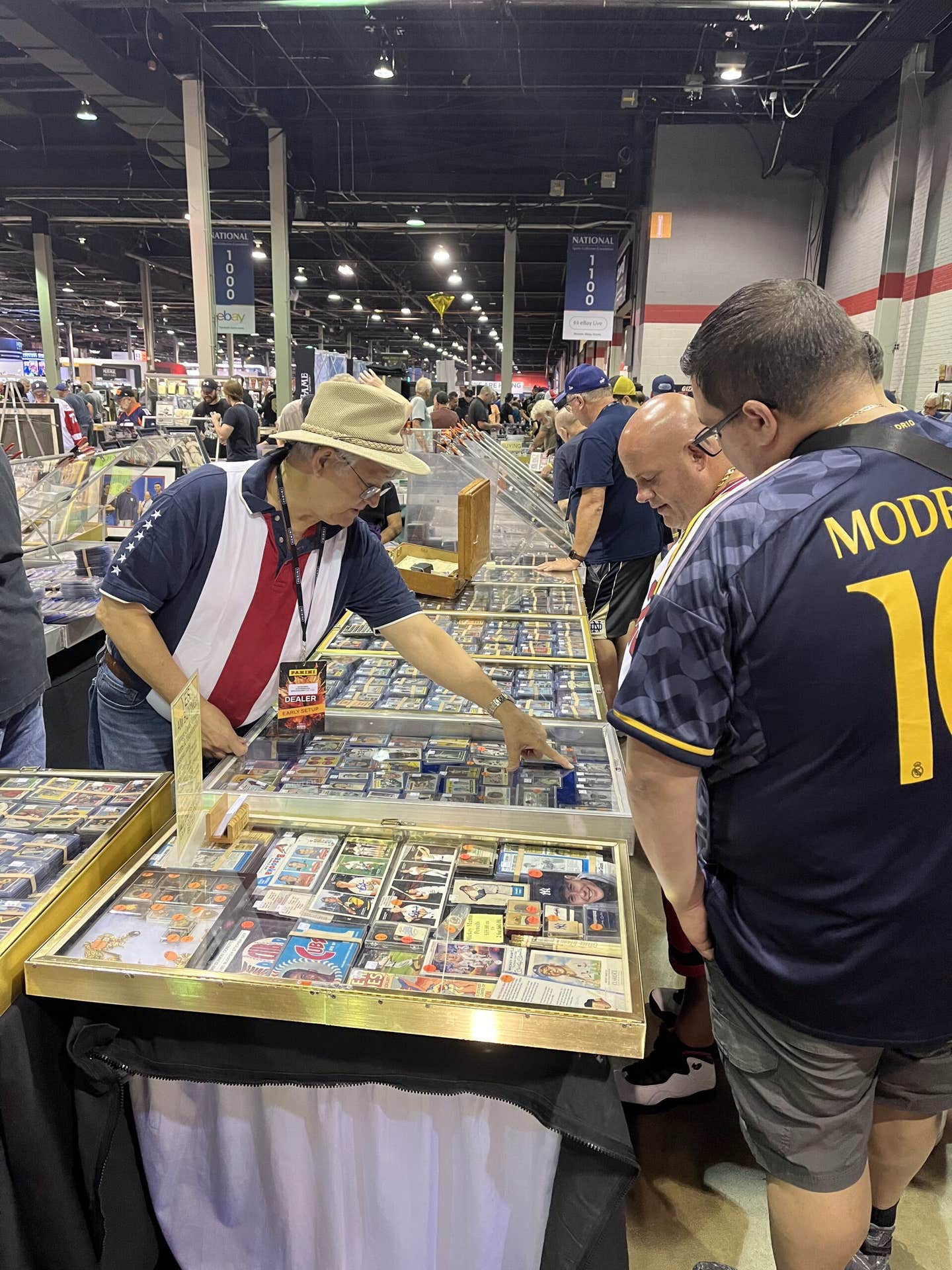News
Turn the page on Ruth, Coleman and mascots
In the curious season of 1911, the two most honored baseball managers, Connie Mack of the Philadelphia Athletics and John McGraw of the New York Giants, both had human team mascots.
Author Bob Schroeder skillfully creates a historical novel, The Mascots of 1911, about baseball in 1911 when the A’s and the Giants would dominate the attention of all baseball fans and eventually meet in the World Series.
The Athletics mascot was a teen-aged hunchback named Louis van Zelst, who inspired players by concealing his personal agony with joy. He believed in the soul of baseball and said, “Teams should win for the right reason – they’re the best.”
Charlie Faust, a mediocre – at best – pitcher for the Giants, was tolerated by the pugnacious McGraw only because a fortune teller predicted the Giants would win the pennant if Faust pitched for them.
Although Faust would pitch in only two games for the Giants, his ability to entertain the crowd and cheerlead his teammates was invaluable. Christy Mathewson said, “He gave the players confidence. With him on the bench, they thought they couldn’t lose, and they couldn’t.” The year 1911 was a great season where the side-shows were equal to the quality of play.
The Mascots of 1911: The Year God Met the Devil in the World Series by Bob Schroeder, iUniverse Inc., 2008, softcover, 156 pages, $15.95 (themascotsof1911.com).
The Mascots of 1911 is Bob Schroeder’s first book, and he was selling copies in the vendor room of the recent Society for American Baseball Research (SABR) Convention. Across the room, Kevin A. Gray hosted a table for Author Solutions (www.author solutions.com) that offered help for wannabe writers.
It represented three self-publishing agencies – iuniverse (Bob Schroeder’s publisher), author house and wordclay. Gray can be reached at kgray@authorsolutions.com. McFarland and Co. was also represented in the vendor room at SABR, long offering publishing advice to authors, evidenced by the SABR members who have written books for MacFarland.
- Another example of an iUniverse baseball title is Allan Wood’ s fine history, Babe Ruth and the 1918 Red Sox. The book chronicles the year Ruth began his historic transformation from pitching ace to the game’s greatest slugger, and the last Red Sox World Championship until the current decade. The year was rife with bitter fights between owners and players over contracts, and the parks were infested with gamblers. Wood poses a chilling question: Was the 1918 World Series fixed?
Babe Ruth and the 1918 Red Sox by Allen Wood, Writers Club Press – an imprint of iUniverse, softcover, $16.95.
- Americans are well aware that baseball is played in Japan and played very well, proven by stars Hideo Nomo, Ichiro Suzuki and Daisuke Matsuzaka, who have made an impact the Major Leagues. Less widely known is that baseball has long been played on other Pacific islands in pre-statehood Hawaii, Guam, Samoa and the Philippines.
Joel Franks, a lecturer of Asian American studies at San Jose State University, has written a history of baseball in the Far East. Among those teams recalled are the Hawaiian Travelers, who barnstormed the States, winning more than they lost against college, semi-pro and even professional teams. For Asians who moved to live in the mainland, knowing baseball eased their transition.
Asian Pacific Americans and Baseball: A History by Joel S. Franks, McFarland, 2008, 224 pages, softcover, $29.95.
- James T. Farrell, one of America’s great novelists who wrote the Studs Lonigan trilogy and an excellent baseball fan’s book, My Baseball Diary (1957), died in 1979. Yet he has a new baseball novel, Dreaming Baseball, made possible by three editors and Kent State University Press. Farrell wrote several drafts of the novel, but it was never published until now after the new editors worked with various manuscripts to bring to his story of a budding baseball star, Mickey Donovan. Mickey was a rookie on the Chicago White Sox in 1919, but saw his dream die when his team became the infamous Black Sox, which “threw“ the 1919 World Series.
Like his hero in the novel, Farrell grew up on the south side of Chicago dreaming of playing second base for the White Sox. His love for the game shines through in this, until now, forgotten novel. Farrell uses the fate of real-life White Sox player Buck Weaver, who proclaimed his innocence until his dying day, yet was banned from baseball for life, as a model for Mickey Donovan.
Dreaming Baseball by James T. Farrell as edited by Ron Briley, Margaret Davidson and James Barbour, Kent State University Press, 2007, 316 pages, hardcover, $28.
- Jerry Coleman reached superstar status in four endeavors. He was a highly decorated Marine Corps. dive-bomber and fighter pilot during both World War II and the Korean War. During his long career in baseball, he played on eight pennant-winning seasons in six World Series as a second baseman with the New York Yankees alongside Joe DiMaggio and Mickey Mantle, and later managed the 1980 San Diego Padres. Add to all the above his induction to the broadcasting wing of the Baseball Hall of Fame in 2005 for his years as a broadcaster for CBS, the Yankees and Padres.
Raised in San Francisco, Coleman endured a childhood marred by family turmoil and violence, but that environment failed to dampen his optimistic spirit that would endear him to fans across the country. He always rejected the title of hero and said what matter most in life were “the people who you love and who love you, and your country.”
An American Journey: My Life on the Field, In the Air, and On the Air by Jerry Coleman with Richard Goldstein, foreword by George Will, Triumph Books, 2008, hardcover, 228 pages, $24.95.








